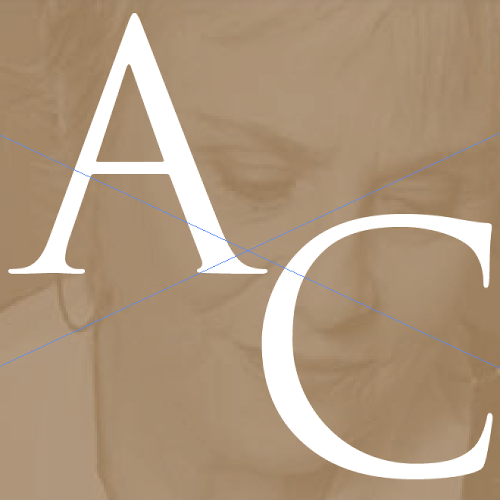After writing numerous bestsellers over decades and becoming a writing coach, I’ve come to believe that there is no such thing as good or bad writing. I don’t think I can teach a person to write. All I can do is help them find the courage to remove the obstacles to their
creativity so they can find their authenticity and put it on the page.
That sounds simple but it isn’t. Being authentic on the page takes as much determination as being authentic in life and one feeds into the other. When I was writing my memoir, I remember having a talk with myself. I’d lived through some experiences that had caused me shame and others that made me proud. The question was, how much would I
tell? Parts of it or all of it? How vulnerable was I willing to be? How would I talk about my failures without feeling humiliated? How would I talk about my accomplishments without sounding arrogant?
It’s pretty obvious that writing about my failures would be difficult but I was surprised to find that writing about my successes made me so uncomfortable. I didn’t expect that, but when I look back, I can see the programming. “Don’t be vain,” my mother admonished me any
time I looked in the mirror when I was young. I wasn’t supposed to publicly celebrate my beauty or my achievements and I certainly wasn’t supposed to admit to my failures. I needed to be stoic like my mother was. I watched her give compliments “the wrist,” and hide her embarrassment when she made a mistake. Either way, she usually looked uncomfortable.
I was recently watching a documentary called “Mission Joy,” about the exquisite friendship between the Dalai Lama and Archbishop Desmond Tutu. They called finding joy a mission because they both believed that it’s a choice, a mental discipline about how you look at life and
where you focus your attention. These two men came from extraordinarily different backgrounds. Archbishop was raised in poverty and the Dalai Lama was raised in privilege. He was a Buddhist and “Arch” was a Christian, but their lives had been similar. They had each achieved greatness and they had witnessed terrible suffering but when they got together, they held hands and laughed like children. They discussed their years of service, both their accomplishments and
their regrets and failures. It seemed that they were joyous, not about what had brought about desired results, not about what had worked and what didn’t, but rather about the journey itself, about being alive, being human and having the opportunity to learn and grow.
So that’s it, I thought. Telling the truth was crucial in the writing process. There was no way people could connect with me if I didn’t admit to what I regretted and take pride in the brave person I had become. As I sat down to write, I didn’t shy away from revealing the truth about my life journey in all of its difficulties and rewards. When my memoir got published, I was invited to a friend’s book club to talk about my
book when someone asked me, “How could you be so honest about that failed relationship? How could you write about the abuse and your lack of courage to walk away?”
thought for a moment and I said, “How could I not? It was one of the mistakes that shaped me, that taught me compassion and helped me become the person that I am today.” I met eyes with the other women. “Who in this room hasn’t been in a relationship that they
regret?”
Everyone looked down. It appeared that they had all gone through something similar or were going through it right then. I believe that a writer’s responsibility is to speak about things that other people think but are afraid to say out loud. This is what encouraged me
to be authentic on the page. That and my fear of being boring. What’s worse for a writer than making people yawn, close your book and pick up another one?
Back in the 1980s when I wrote my very first book, “Awakening the Healer Within,” about my experiences with the Philippine faith healers, I knew that very few Americans had seen what I had and I wanted to share my knowledge. I started to define faith healing, where and how it had started and how it was progressing, but when I read back my
first ten pages, it was so boring, I tossed it. If it was boring for me, how
would it be for other people? I started again, describing my journey, my initial disbelief about what I saw, how it had affected me emotionally and finally how it had all turned around in my head. I felt so much better. I suffered from rejection after rejection, but at least I felt pleased with what I’d written and eventually it got published.
There are things we don’t like about ourselves – the way we look, the way we act, the way we feel, but we have to accept them, even if we don’t want to. No one is perfect and we never will be. “Have no fear of perfection,” said Salvador Dali, “you’ll never reach it.”
While perfection means different things to different people, whatever it means, it’s not within our grasp as human beings. But telling the truth is, if we can tolerate the vulnerability that’s required. Just like the Dalai Lama and Archbishop Tutu, if we speak kindly and have compassion for ourselves and others, we have a chance to unburden our hearts,
feel free and find some joy. God knows it isn’t easy these days, but it’s
available if we’re willing to do the work.


Recent Comments